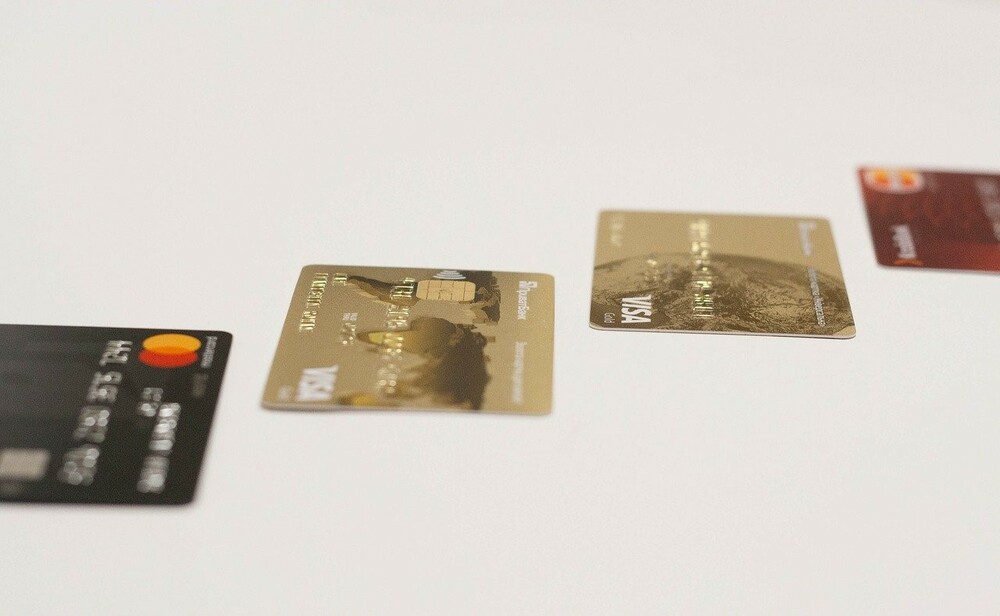How to Create a Monthly Budget?
A budget is necessary if you want to limit your spending and make progress toward your financial objectives.
A personal or household budget is a summary that analyzes and monitors your monthly income and expenses, generally for one month. Although the term “budget” is commonly linked with spending restrictions, a good budget need not be restrictive.

A budget will outline your expected money, then compare it to your necessary expenses, such as rent and insurance, and your discretionary expenses, such as dining out or entertainment. You might regard a budget as a tool for accomplishing your financial objectives rather than as a negative.
What does a budget accomplish?
A written monthly budget is a technique for financial planning that helps you to choose how much you will spend or save each month. Additionally, it allows you to monitor your purchasing patterns.
Creating a budget may not sound like the most thrilling activity (and for some, it’s downright terrifying), but it’s a crucial element of maintaining financial order. This is because budgets require balance. If you reduce your money in one area, you may raise your spending in another, save for a significant purchase, construct a “rainy day” fund, boost your savings, or participate in wealth creation.
A budget is only effective if you are truthful about your income and expenses. To create an efficient budget, you must be willing to work with precise and thorough information on your income and expenditures.
The outcome of your new budget will reveal where your money comes from, how much you have, and where it goes each month.
How to Prepare a Budget in Six Easy Steps?
To design a budget that works and allows you to live a comfortable and happy life, you must have a clear grasp on your present spending, your available funds, and your priorities.
Find a suitable template that you can use to fill in the numbers for your expenses and income before you begin building a budget.
Although you can budget your money with pen and paper, it is faster and more effective to utilize a monthly budget spreadsheet or budgeting software. These will have defined areas for income and expenses in several categories, as well as algorithms to calculate your budget surplus or deficit with little effort.
Compile Your Financial Documents
Before beginning, assemble all of your financial statements, including:
- Bank statements
- Financial accounts
- Current utility invoices
- W-2 forms and pay stubs
- 1099s
- Credit card expenses
- Revenue from the previous three months
- Mortgage or vehicle loan documents
You desire access to all information on your income and expenses. Creating a monthly average is an important aspect of the budgeting process. The more data you can unearth, the better.
Calculate Your Income
What monthly income can you anticipate? Using the net income (or take-home pay) amount is acceptable if your income consists of a regular paycheck from which taxes are routinely deducted. Include them as well if you are self-employed or have other sources of income, such as child support or Social Security. Record this entire monthly income amount.
If you have a fluctuating income (for example, from seasonal or freelance employment), you may choose to use the income from your lowest-earning month of the previous year as your baseline income when creating your budget.
Compile a list of monthly costs
Create a list of the expenses you anticipate incurring in a given month. This list may contain:
- Mortgage payments or rent
- Car payments
- Insurance
- Groceries
- Utilities
- Entertainment
- Personal care
- Eating away
- Infant care
- Costs of transportation
- Travel
- Student loans
- Savings
Utilize your bank statements, receipts, and credit card statements from the past three months to determine all of your expenditures.
Figure out the fixed and variable expenses
Fixed expenses are obligatory expenses for which you pay the same amount at a recurring time. Include expenses such as mortgage or rent payments, auto payments, internet subscription with a monthly cost, trash collection, and regular child care. If you make a typical credit card payment, list that amount as well as any other critical monthly expenses that tend to be consistent.
Include savings and debt repayment as fixed expenses if you want to save a specific monthly amount or pay off a defined monthly amount of debt.
Variable expenses are those that vary from month to month and include:
- Groceries
- Gasoline
- Entertainment
- Eating away
- Gifts
If you do not have an emergency fund, include a category for “unexpected expenses” that may derail your budget during the month.
Beginning with your fixed expenses, allocate a dollar amount to each spending category. Then, estimate the monthly month required for variable expenses.
If you are unsure of how much you spend in each category, review your credit card or bank transactions over the past two or three months for a general estimate.
Add Your Monthly Revenue and Expenses
If your income exceeds your expenses, you are off to a fantastic start financially. This additional money allows you to allocate cash to areas of your budget, such as retirement savings or debt repayment.
If your income exceeds your expenses, you might consider adopting the 50-30-20 budgeting mindset. In a 50-30-20 budget, “needs” or necessary expenses should account for 50 percent of your budget, wants for another 30 percent, and savings and debt repayment for the remaining 20 percent.
If your expenses exceed your income, you are overspending and need to make adjustments.
Make Modifications to Expenses
If you are in a scenario where your expenses exceed your income, look for ways to reduce your variable expenses. Consider areas where you may minimize your expenditure, such as dining out less or eliminating a category, such as your gym subscription.
If your expenses are significantly higher than your income or if you have substantial debt, lowering your variable expenses may not be sufficient. To balance your budget, you may need to reduce your fixed expenses and raise your income.
Aim to have equal columns for income and expenses. This equal balance indicates that all of your income is planned for a certain cost or savings goal.
How To Spend Your Budget?
You must watch and continue to track your expenses in each category, ideally every day of the month, after establishing your budget. The same budgeting spreadsheet or application that you used to create your budget may also be used to track your income and expenses.
Keeping track of your monthly expenditures will prevent you from overspending and help you detect unneeded costs and troublesome spending patterns. Instead of waiting until the end of the month, spend a few minutes each day recording your expenses.
If you lack money in your ability to budget, employ the envelope approach, in which you segregate funds for spending into separate envelopes for various expenditure categories. When an envelope is completely depleted, you must cease spending in that category.
As you utilize your budget, monitor how much you have spent. Once you have reached your monthly spending limit in a category, you must either cease spending in that category or transfer funds from another category to meet extra expenses.
The month of your budget should be to have your monthly expenses equal to or below your income.
Review and Modify Your Budget
Circumstances are mutable. Our priorities alter when we switch employment, relocate, and have children. Schedule a meeting with yourself every few months to review your budget and ensure that it reflects your current objectives and circumstances.
If you’ve already entered your figures into software or a website, you may easily manipulate your budget categories to see where you can make more space or give higher priority to one item over another.
Remember that your budget should serve your requirements, not the other way around.
More Budgeting Tips
Once you have established a basic budget, tailor it to your financial circumstances and objectives. Listed below are many suggestions and considerations:
- If you earn a commission-based income, you should aggressively save for market downturns.
- If you have problems with cash flow because you are paid just once a month, divide your payment into weeks and put the money you intended to spend in the remaining weeks in a different account until you need it.
- Only use a credit card if you have the funds to pay it off at the end of the month. Otherwise, you will owe interest in addition to the purchase price.
- Modify your monthly budget if you discover that you overestimated or underestimated your expenses. Keep an eye on infrequently occurring major expenses, such as insurance payments.
- If you have a tendency to overspend in some categories, implement budgeting hacks such as a cash-only budget.
- Once your expenses are less than your income, prioritize savings objectives in your budget before increasing your spending.
- Take the time to acquire more financial skills to increase your financial literacy and make your money work for you more effectively.
Frequently Asked Questions (FAQs)
What is the most effective personal budget software?
You Need a Budget, Mint, and Quicken are examples of the finest budgeting software for personal money.
How may financial objectives be accounted for in a personal budget?
Financial objectives fall into the budget’s savings area. You’ll need to crunch some numbers to determine how to fit each objective into your budget. For example, if you want to save $5,000 for a kitchen makeover in the following year, split $5,000 by 12. To attain your objective, you will need to save around $417 every month. Comparing these figures to your current budget’s income and expenses will assist you in setting attainable financial objectives.





